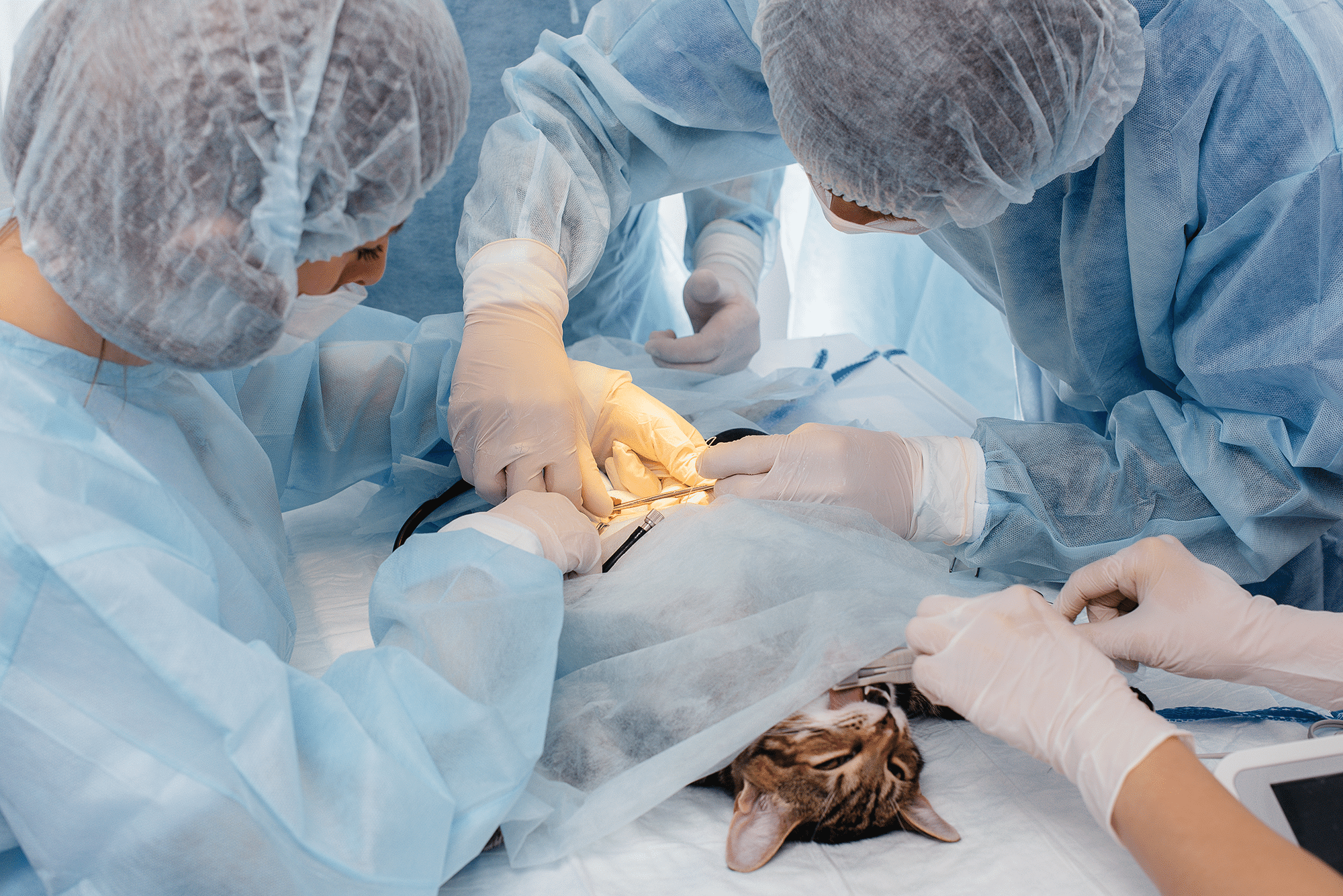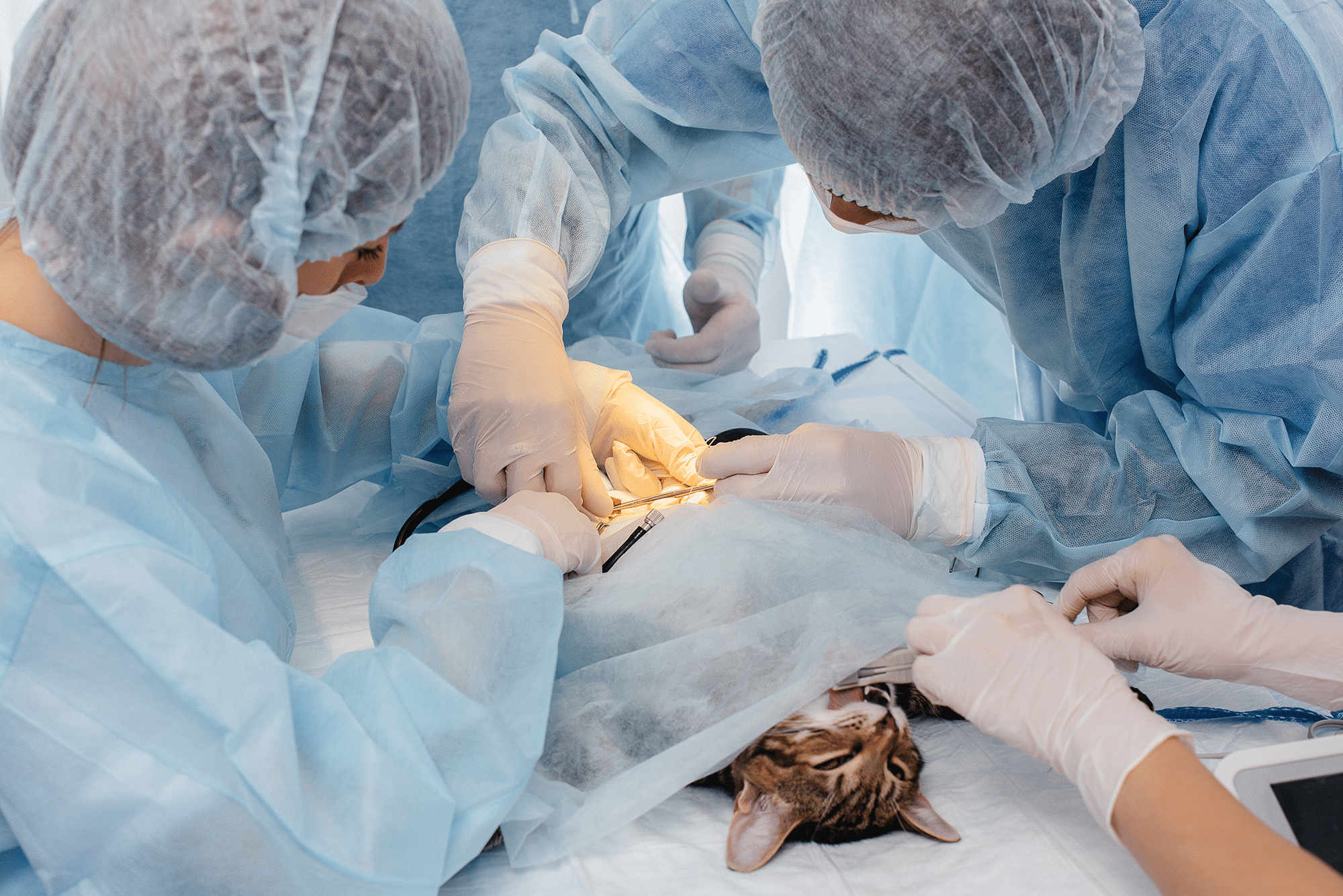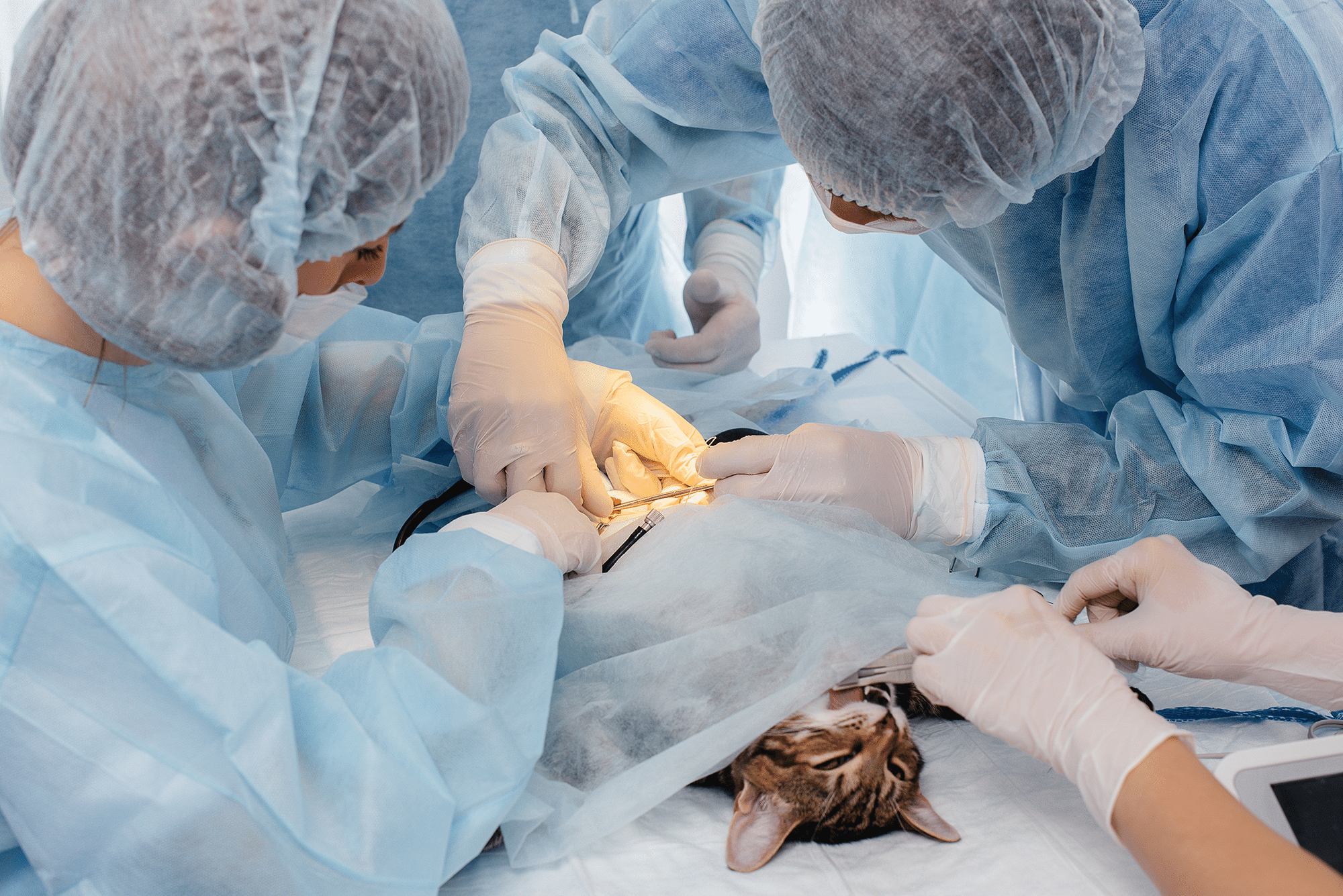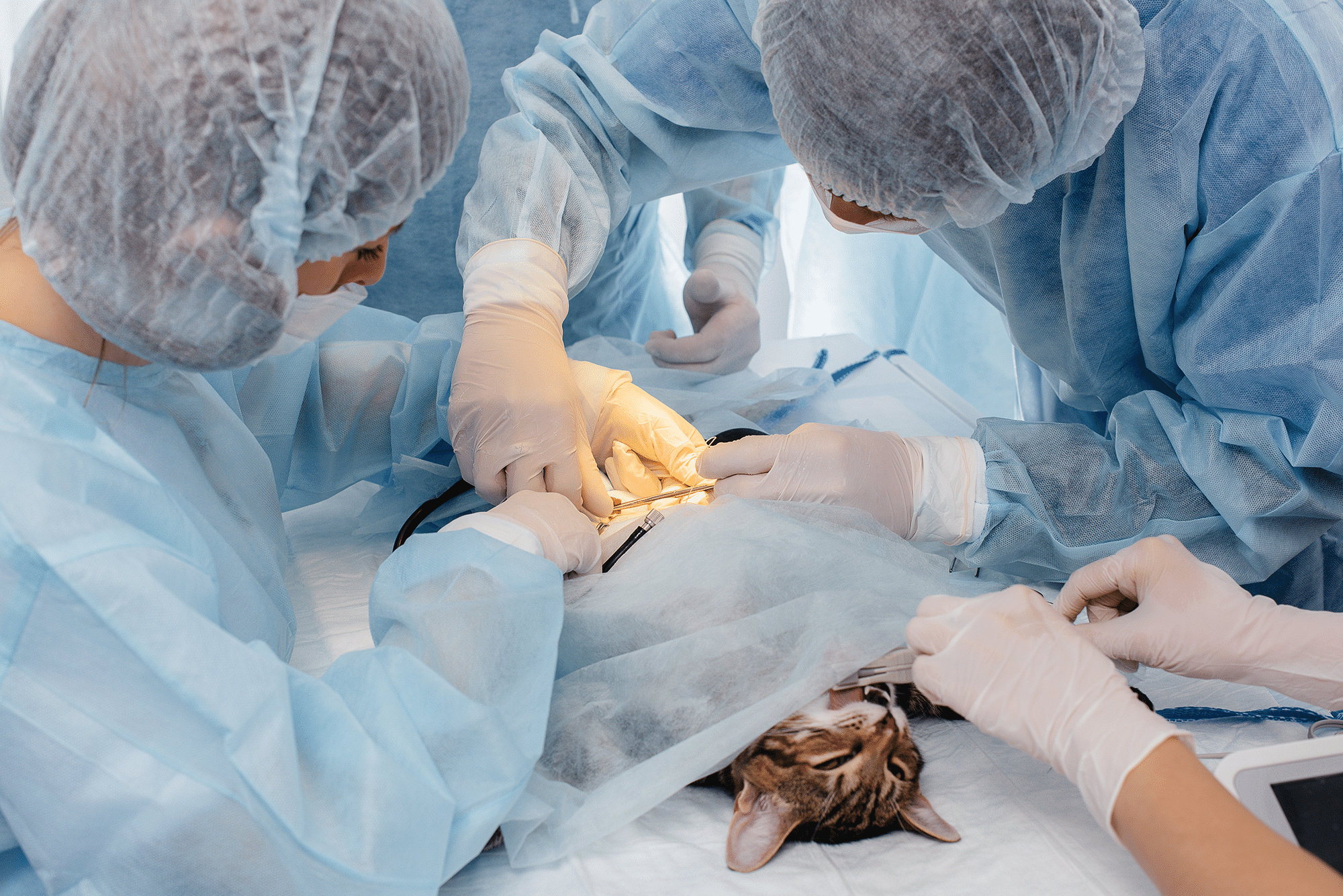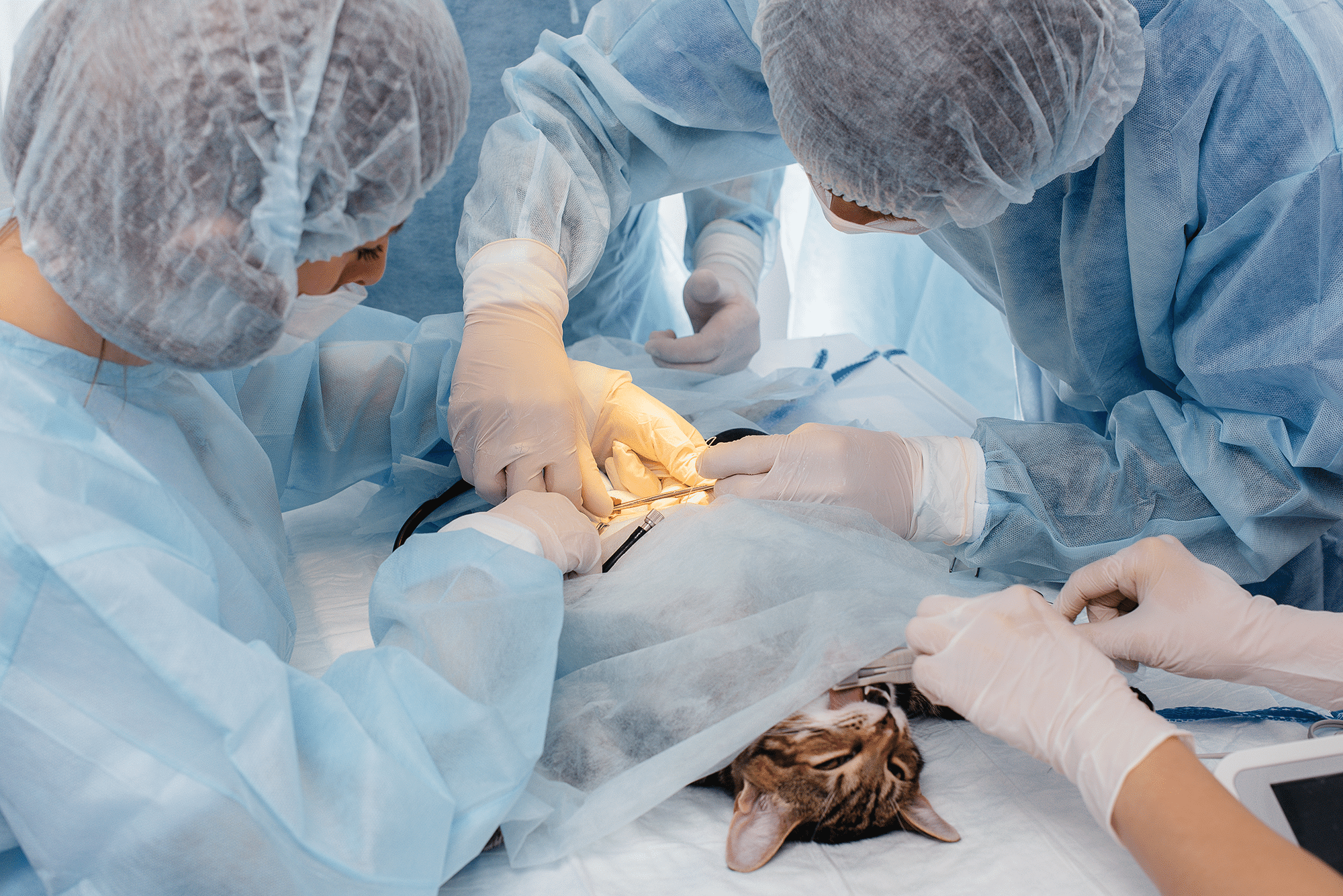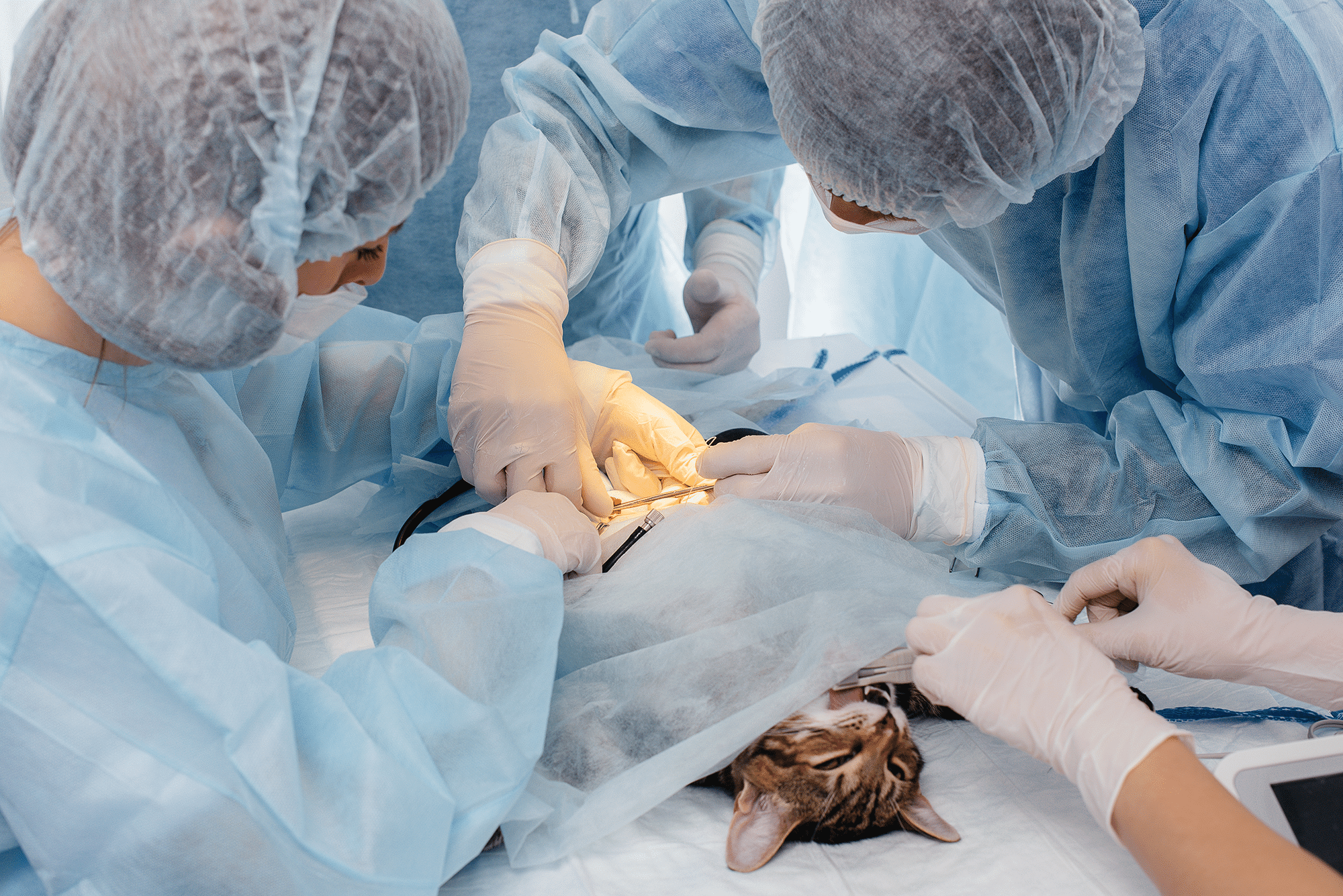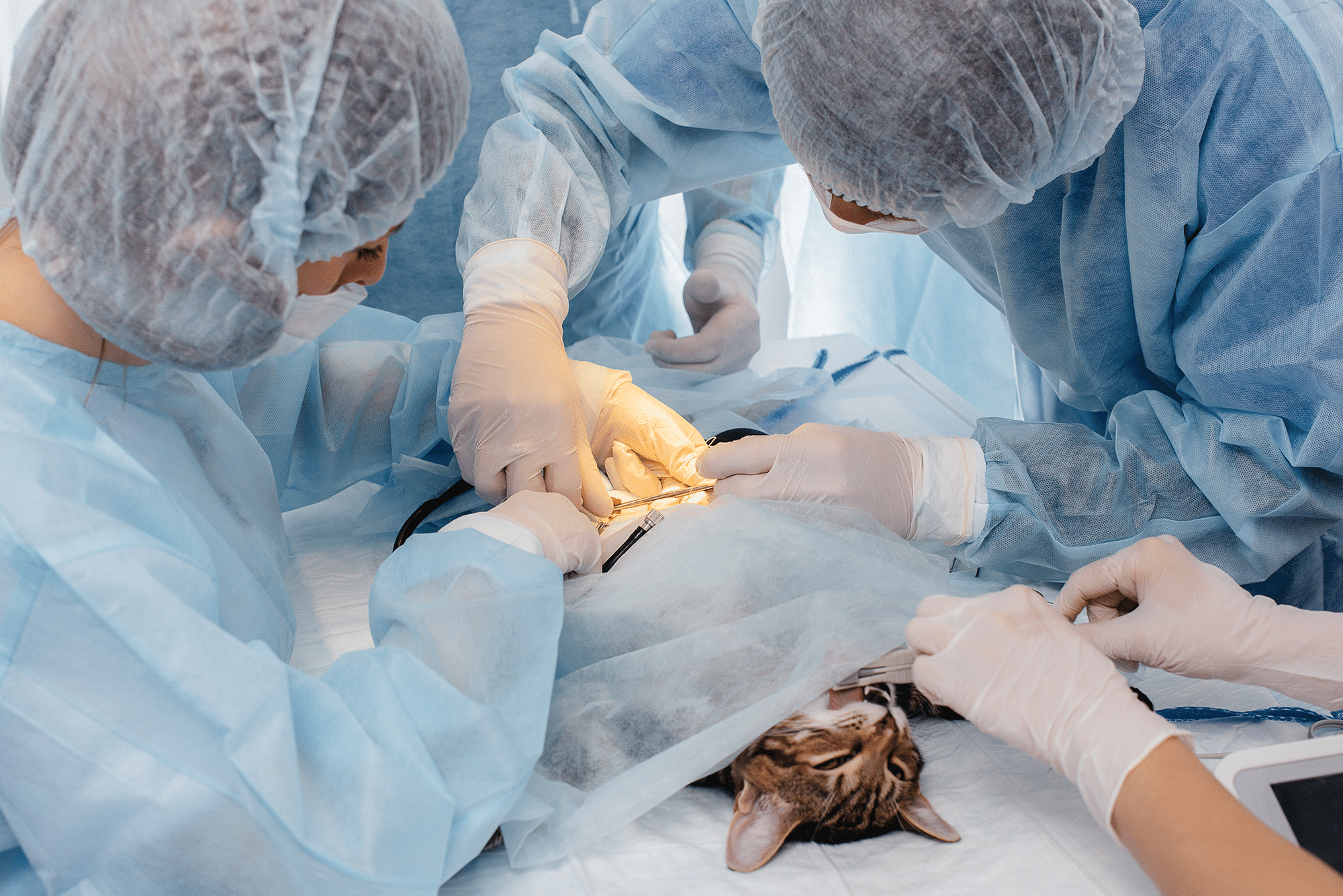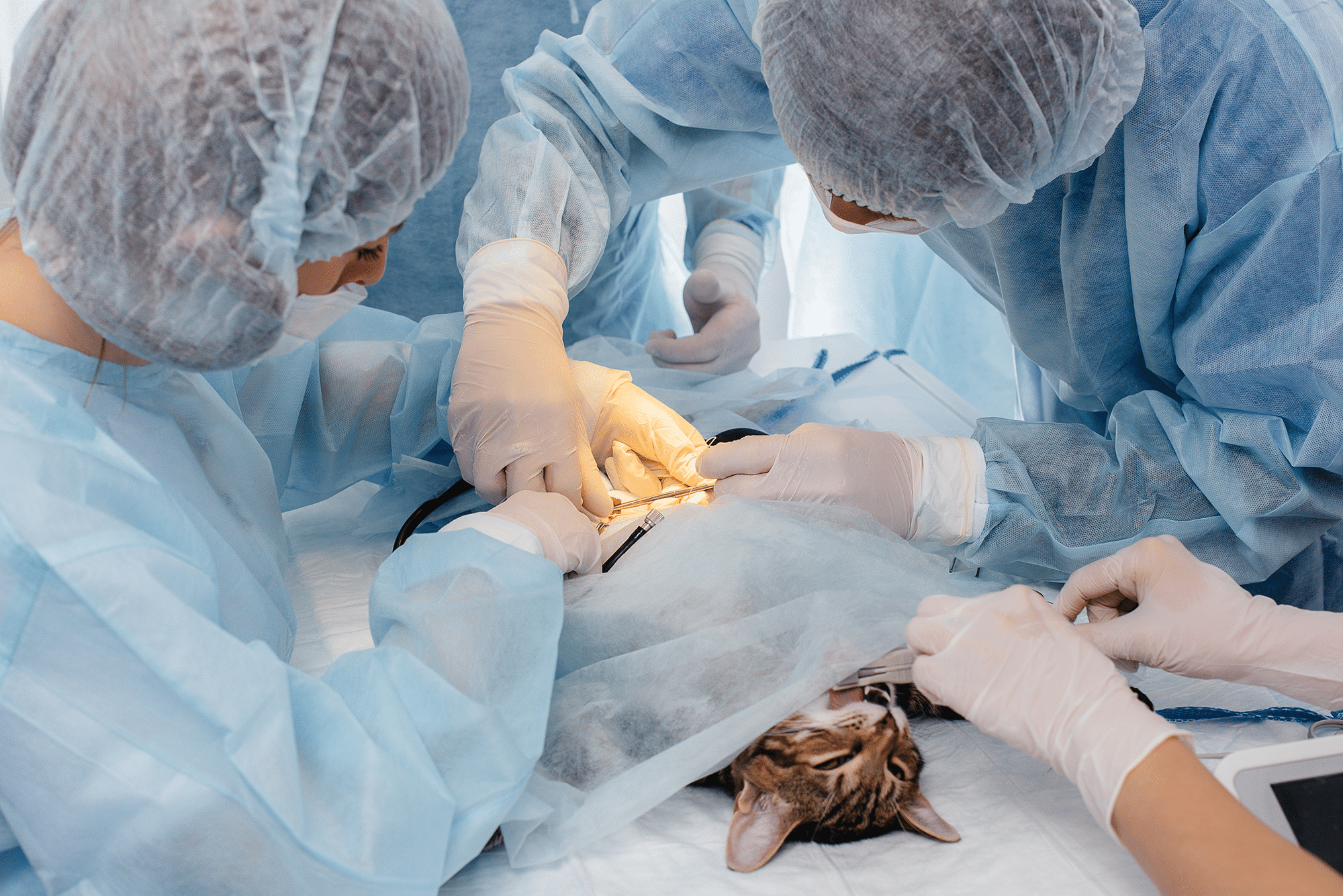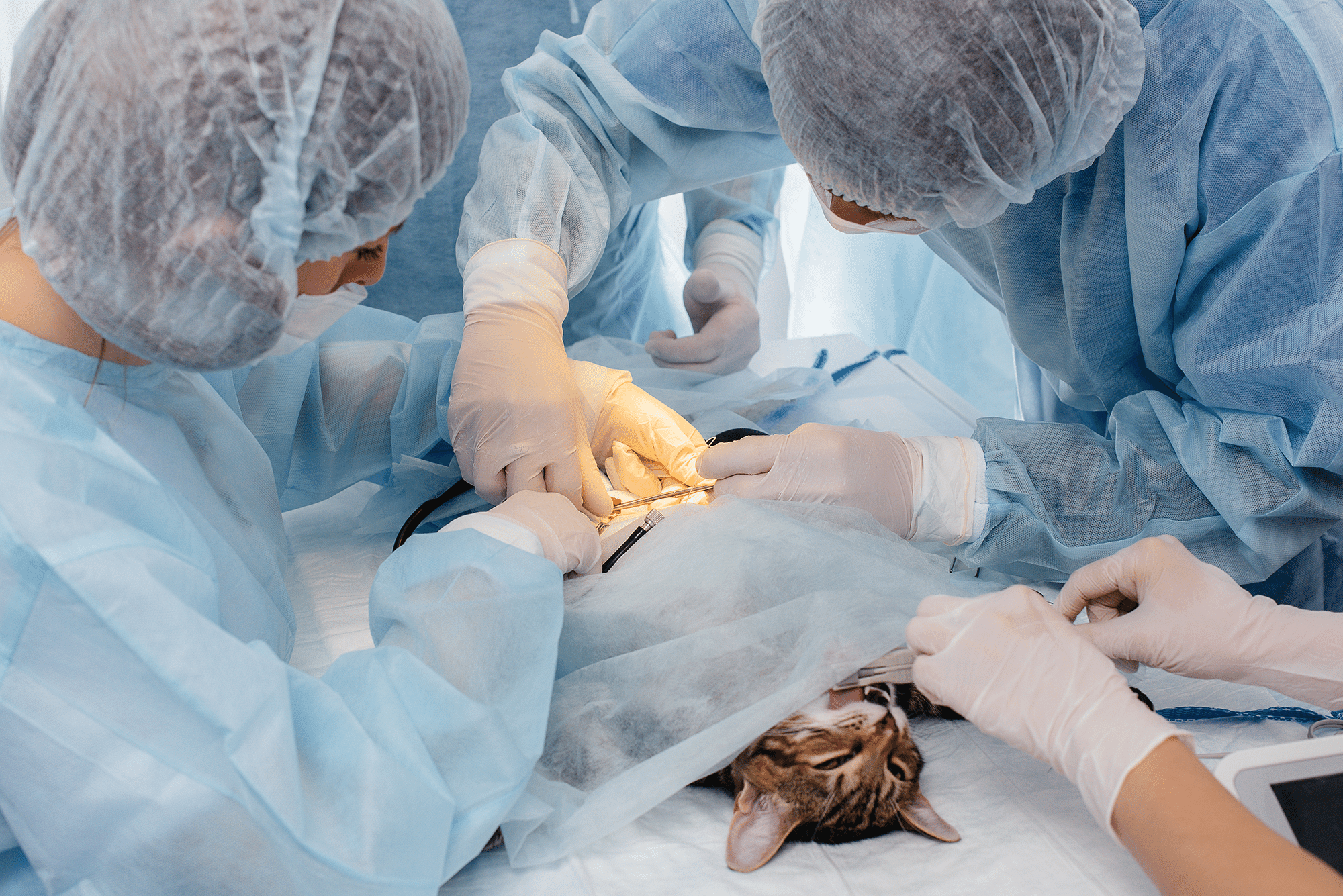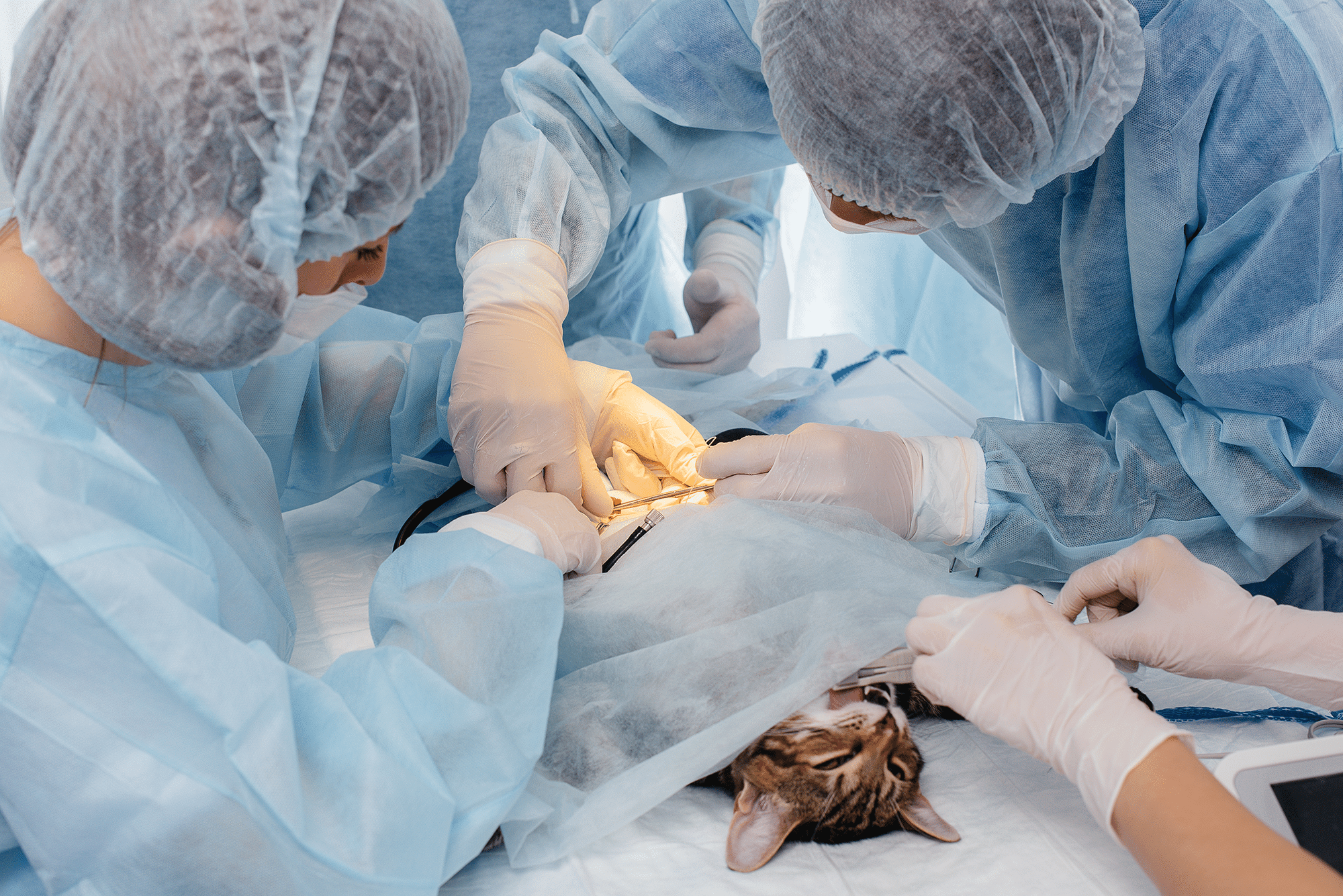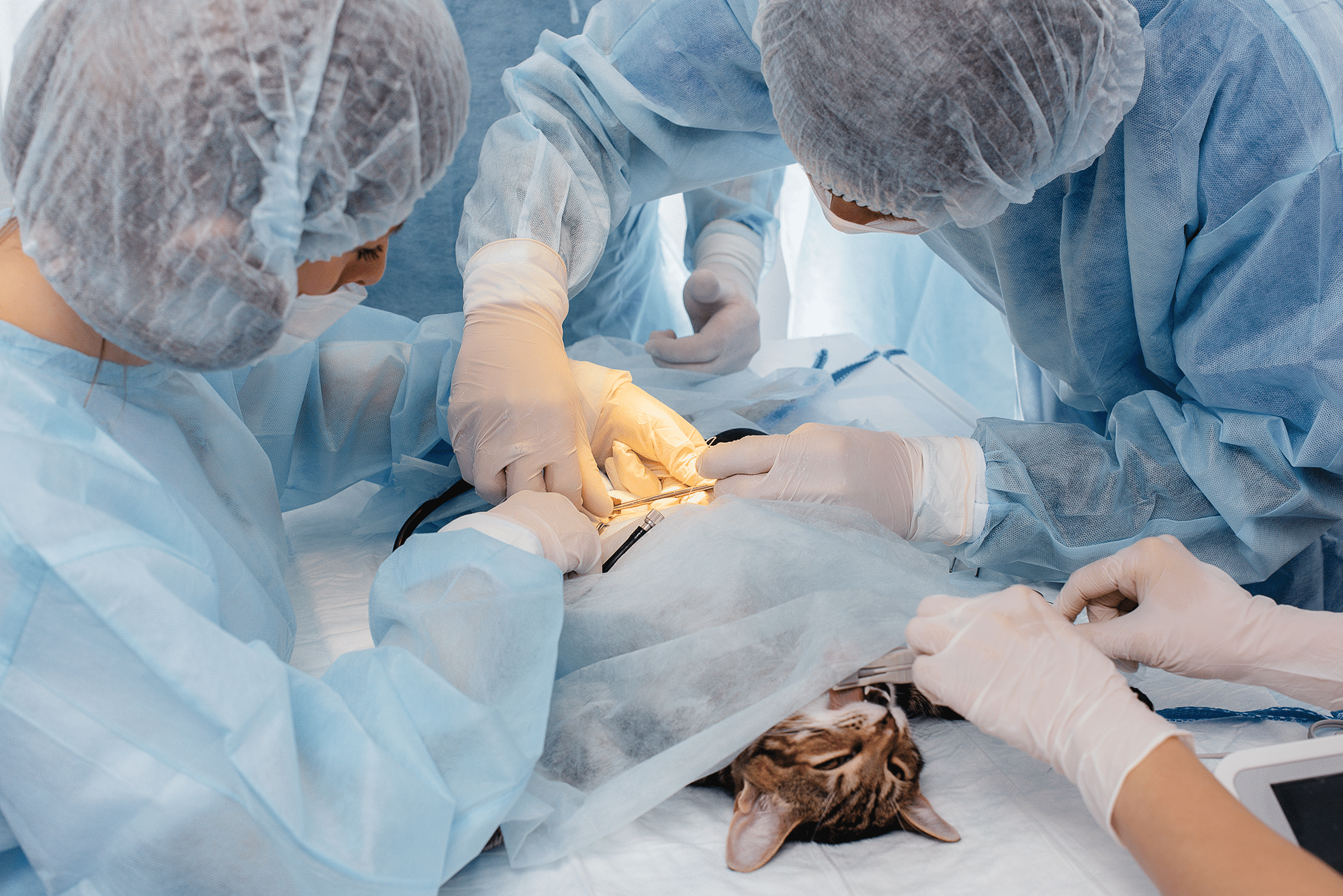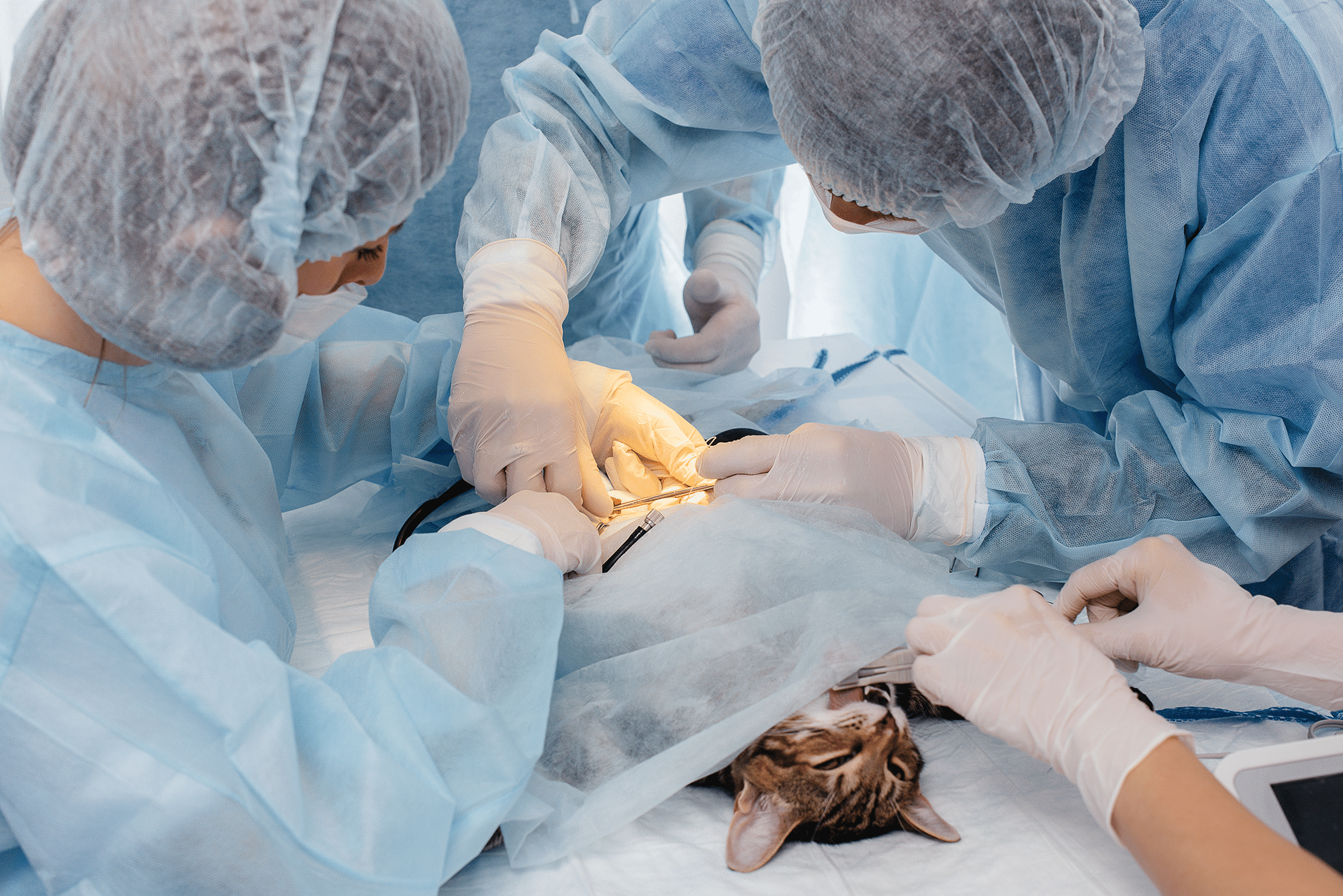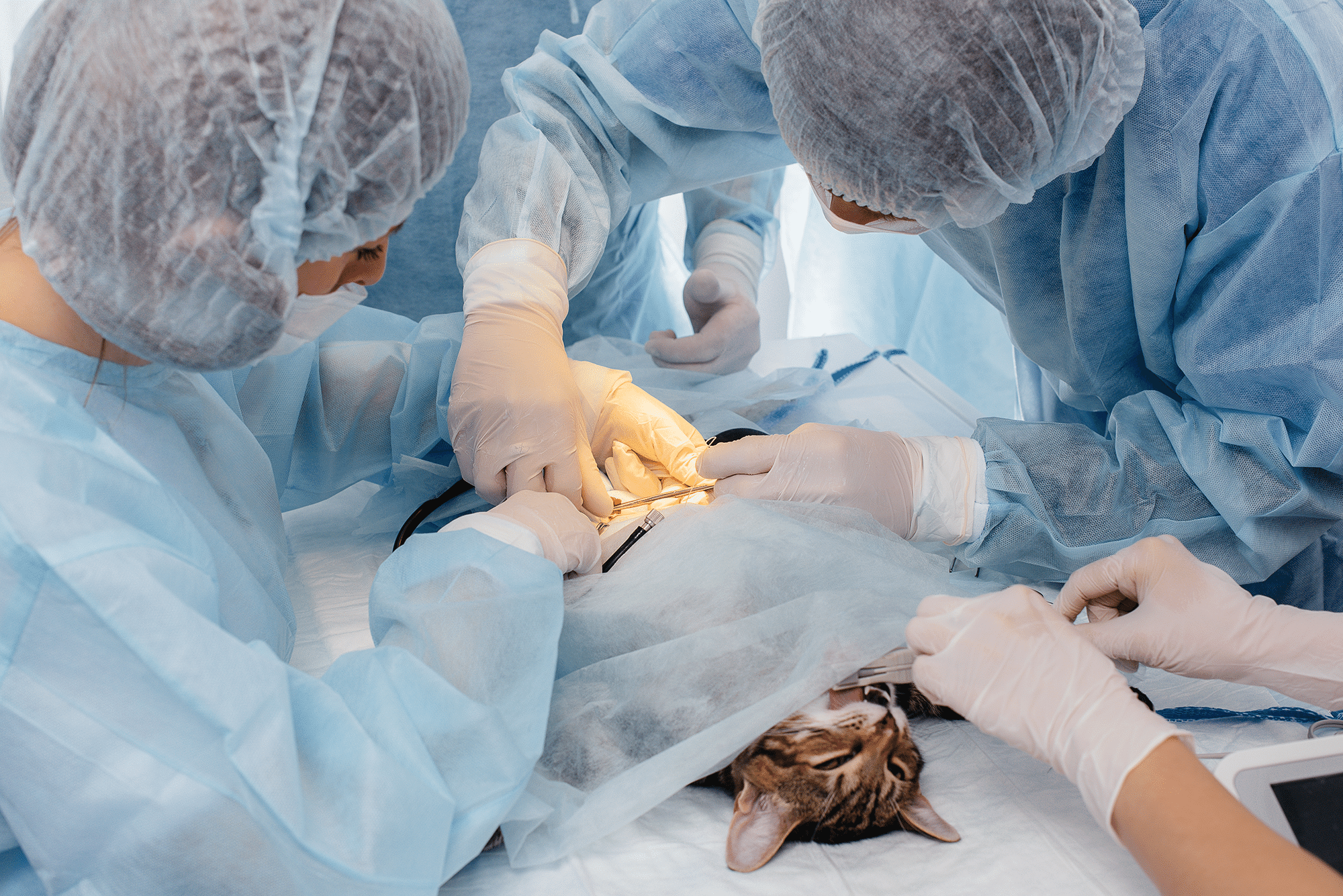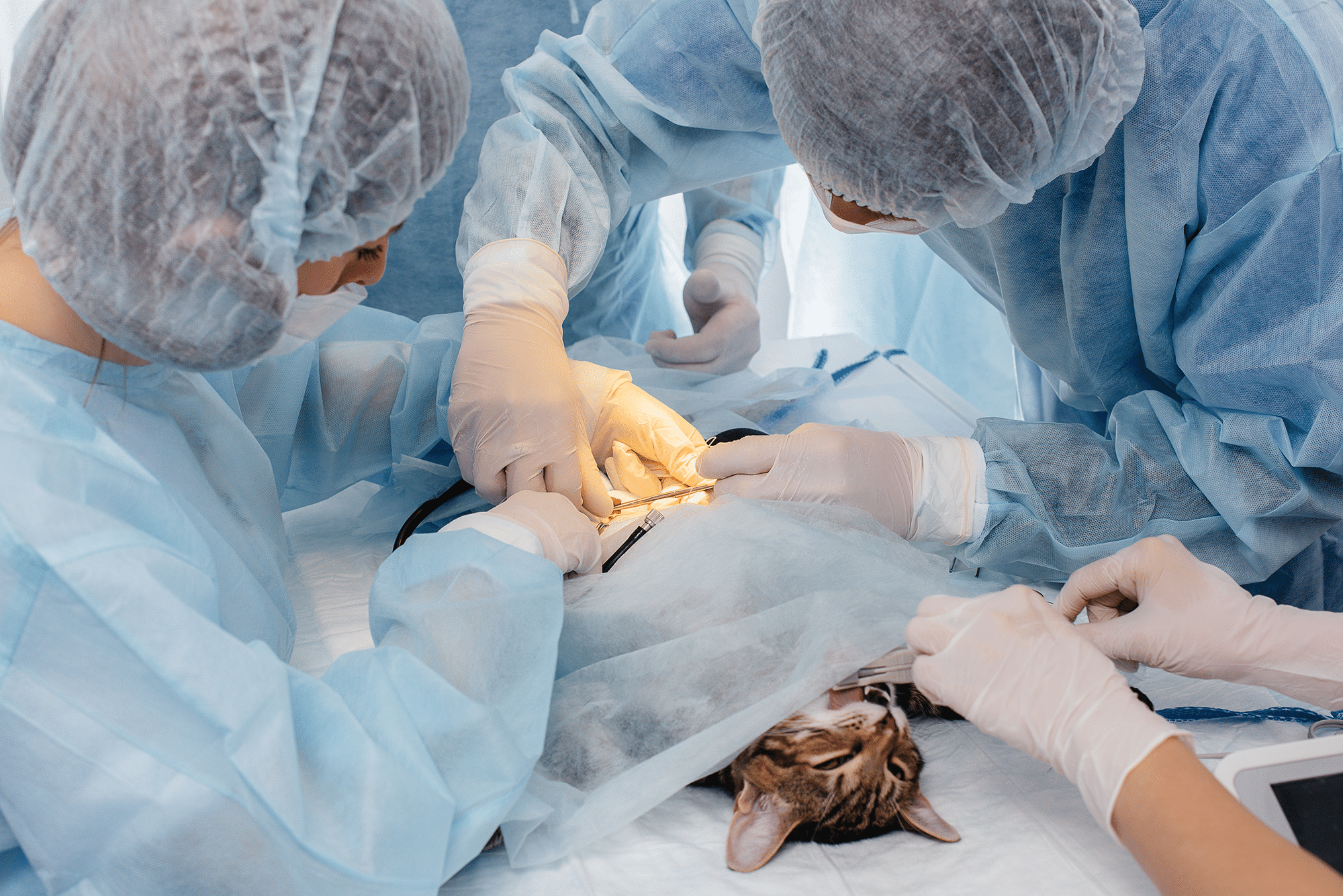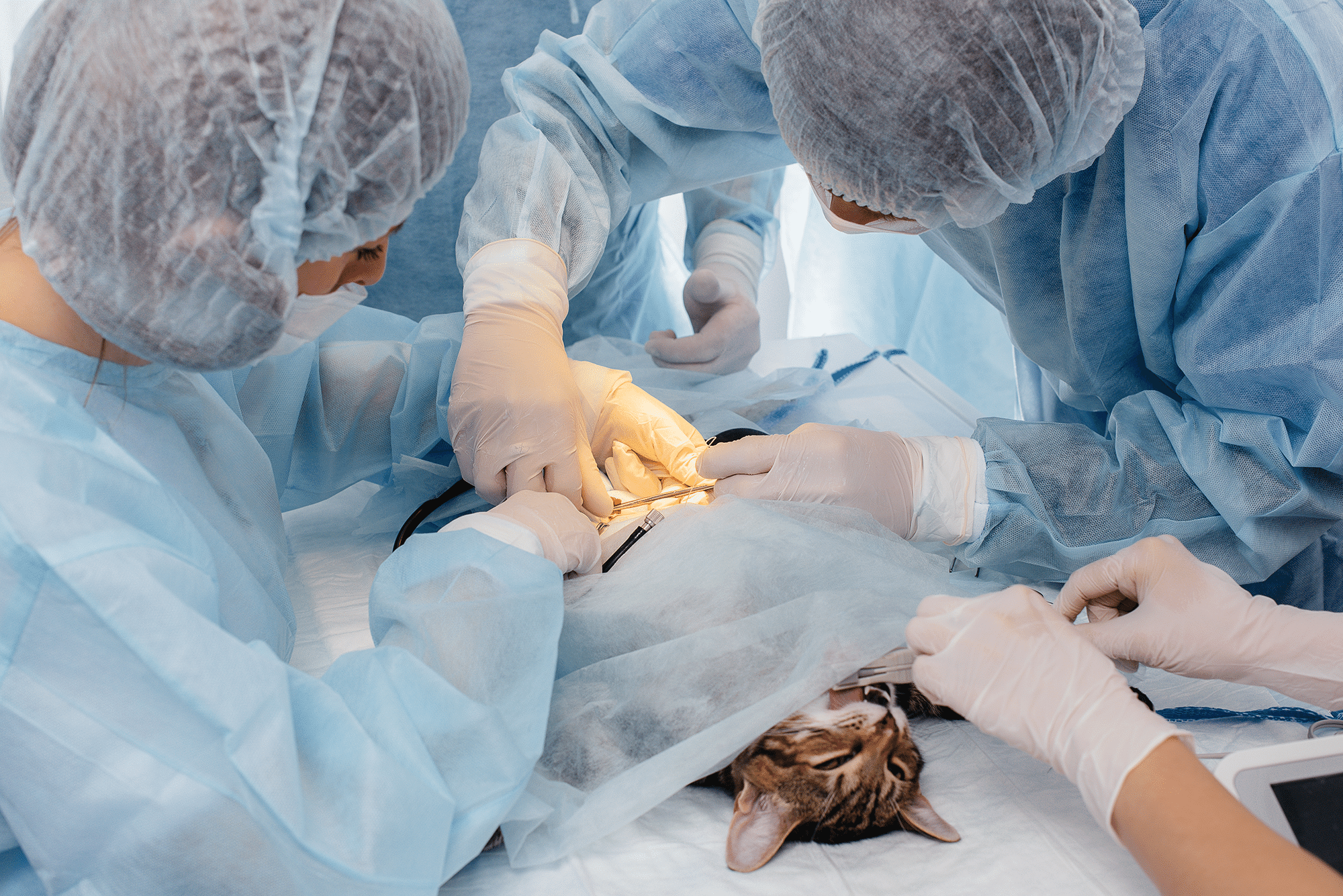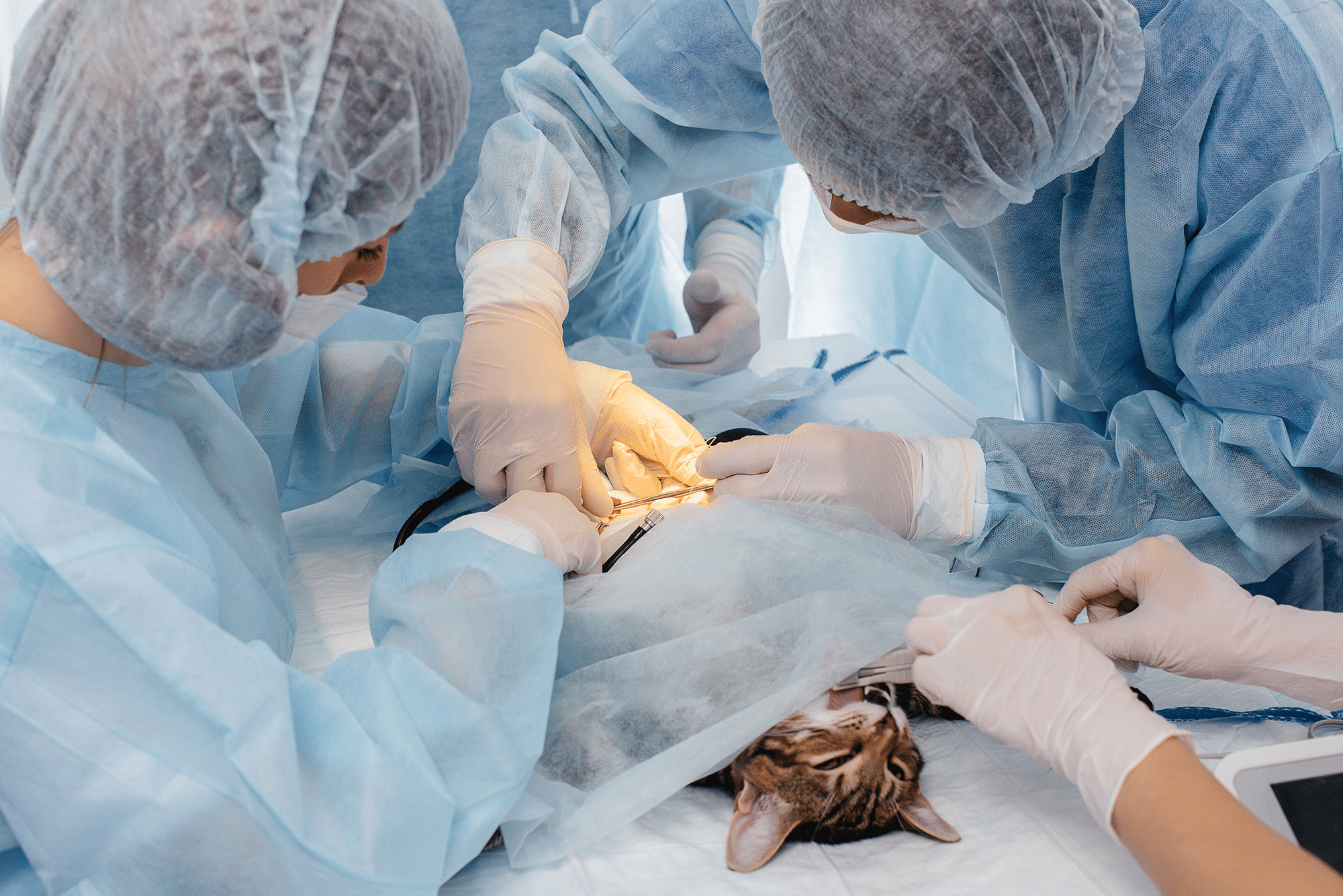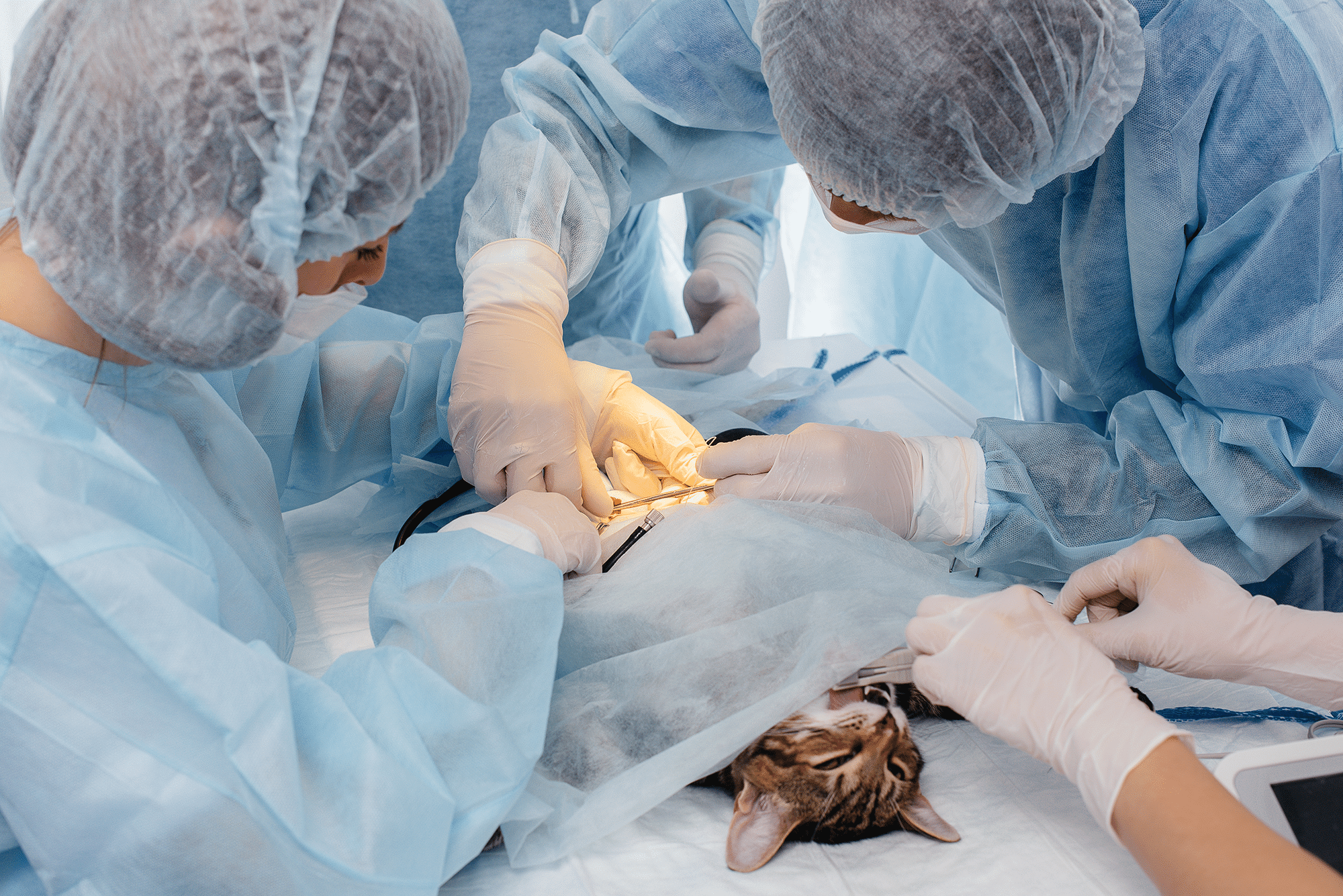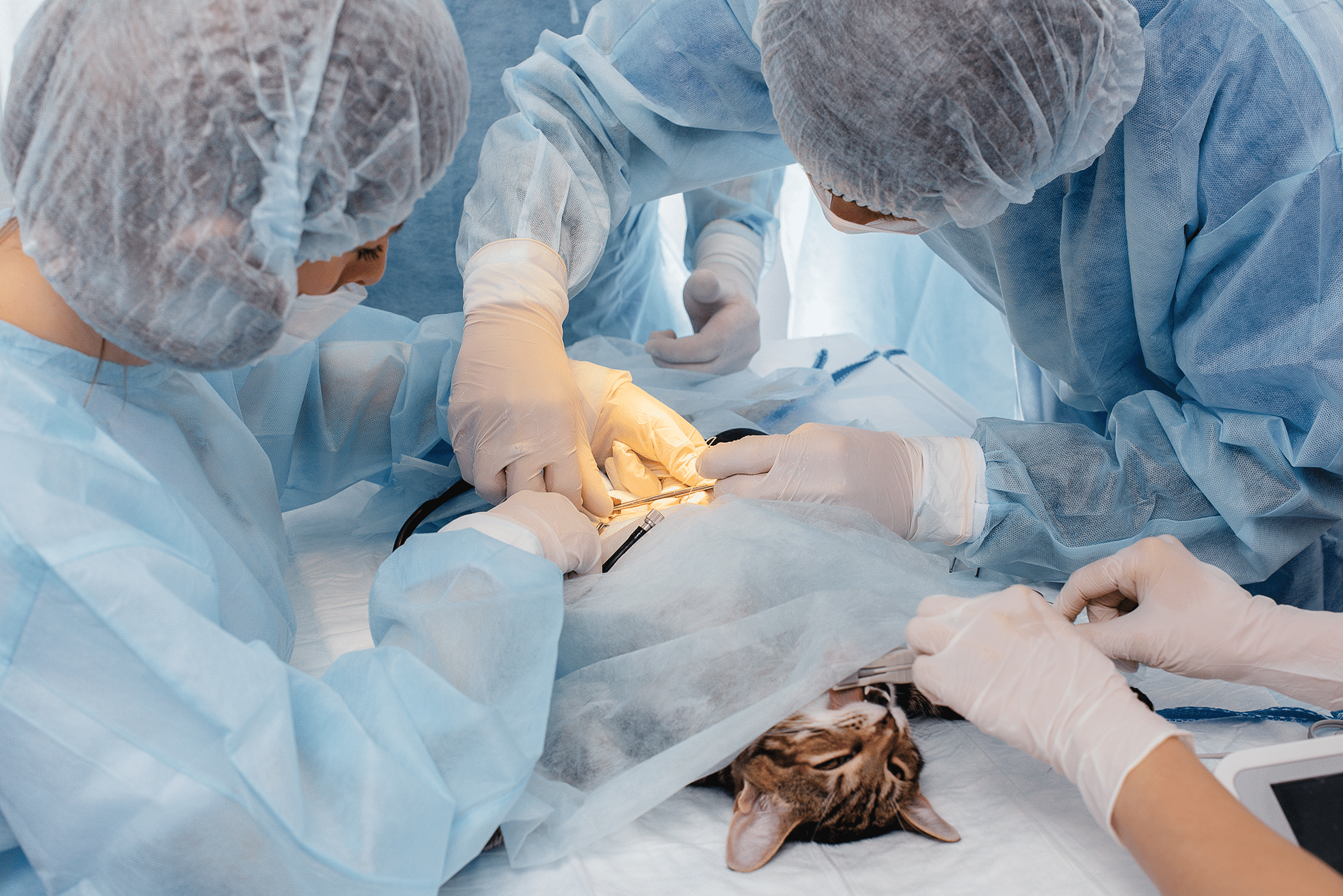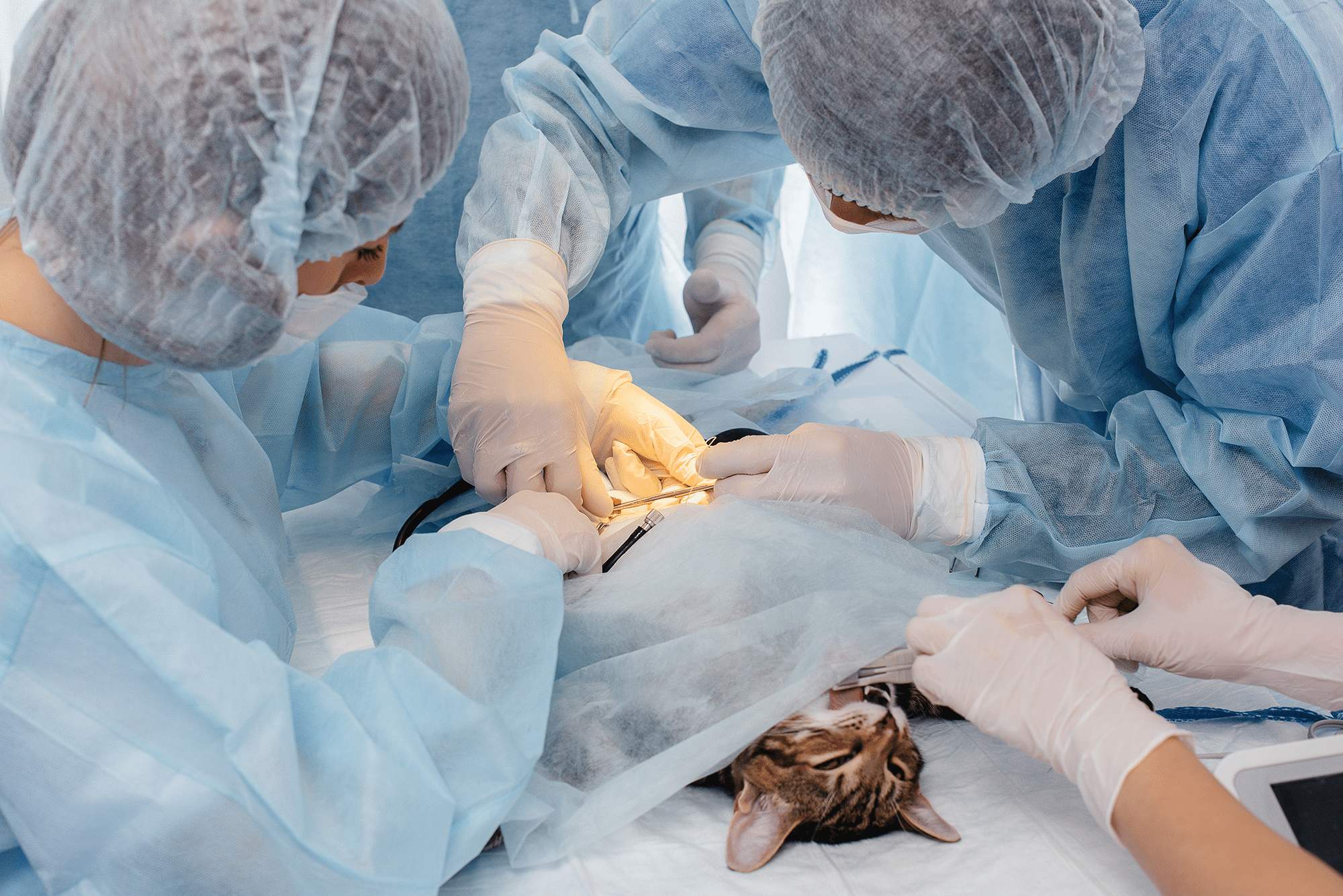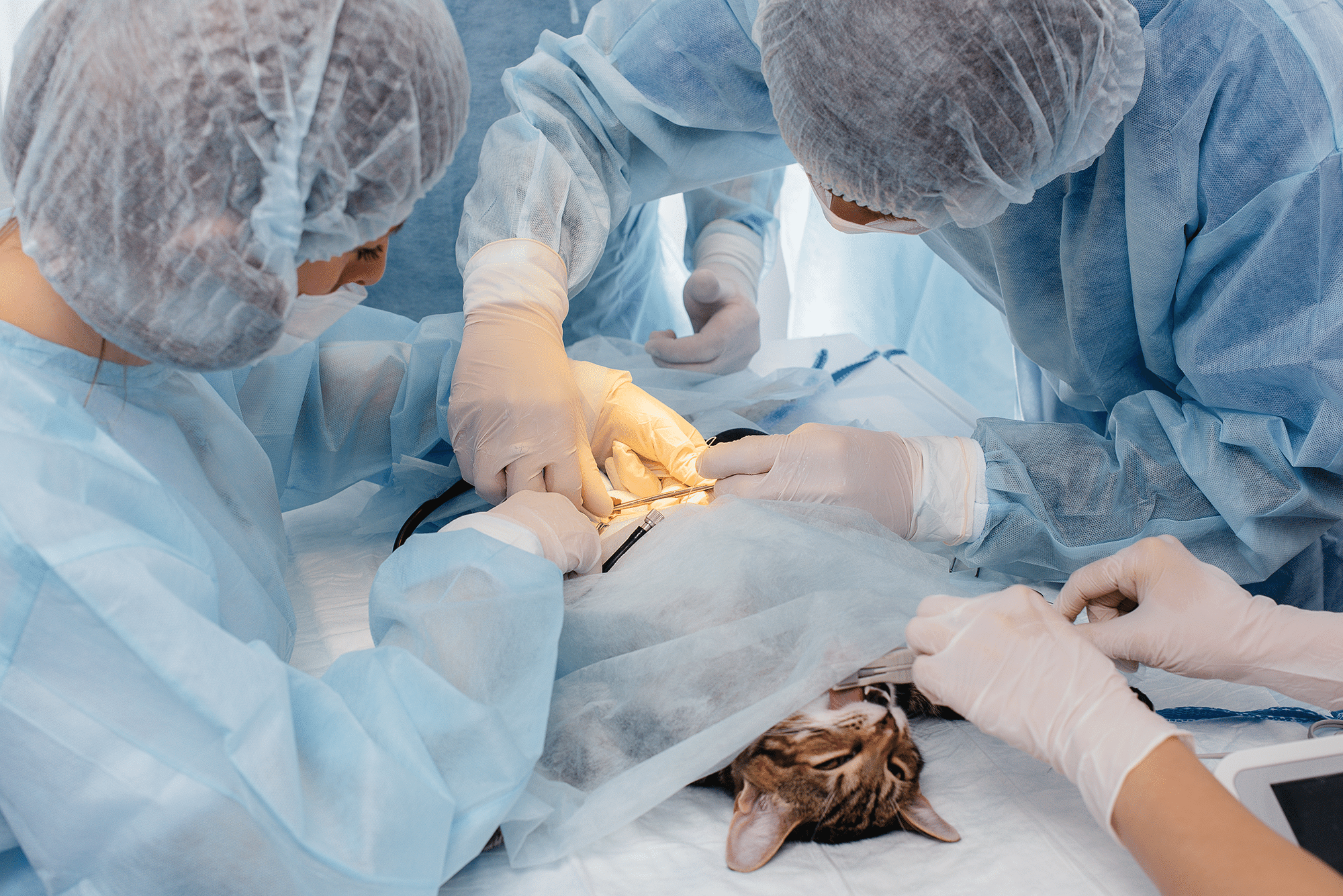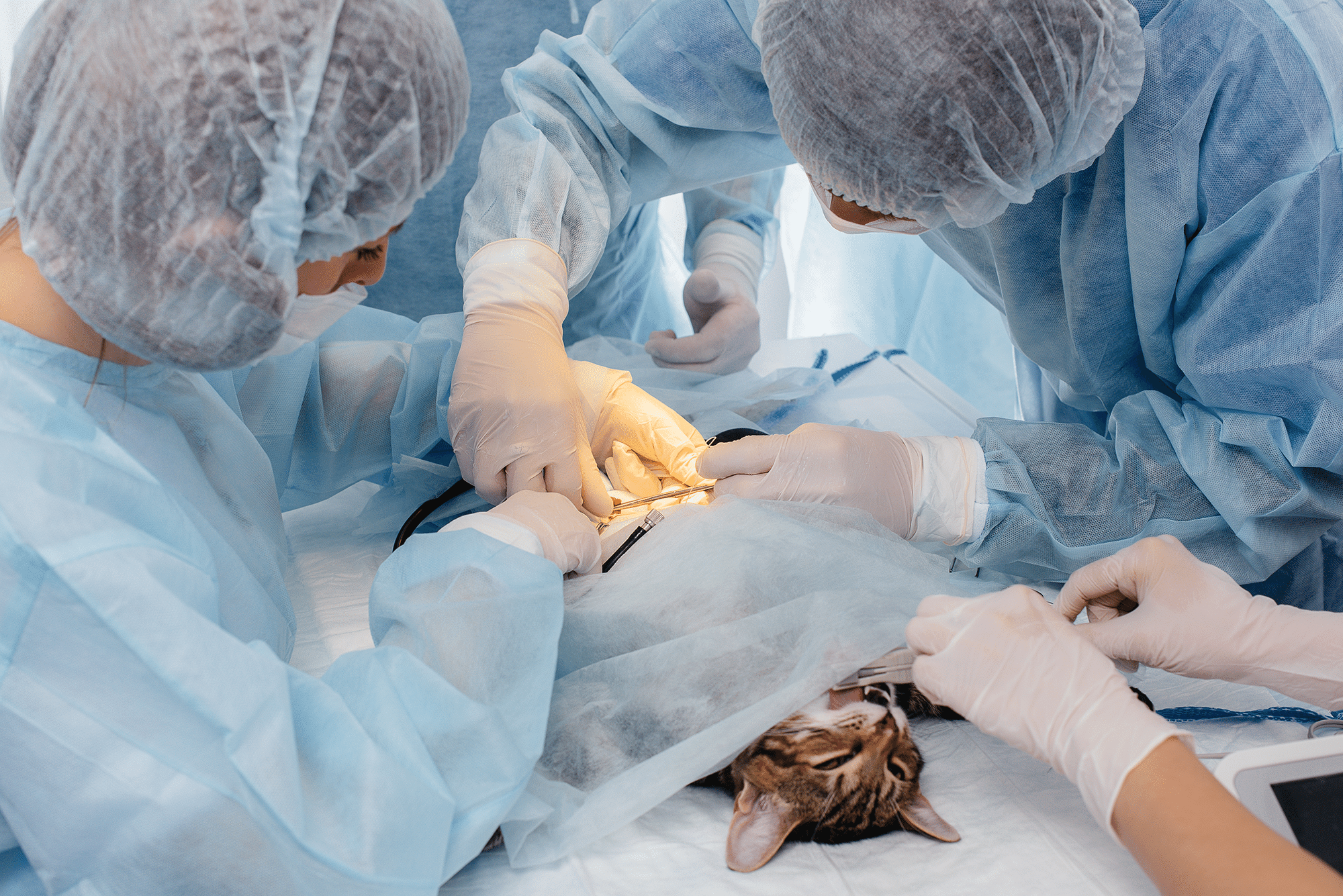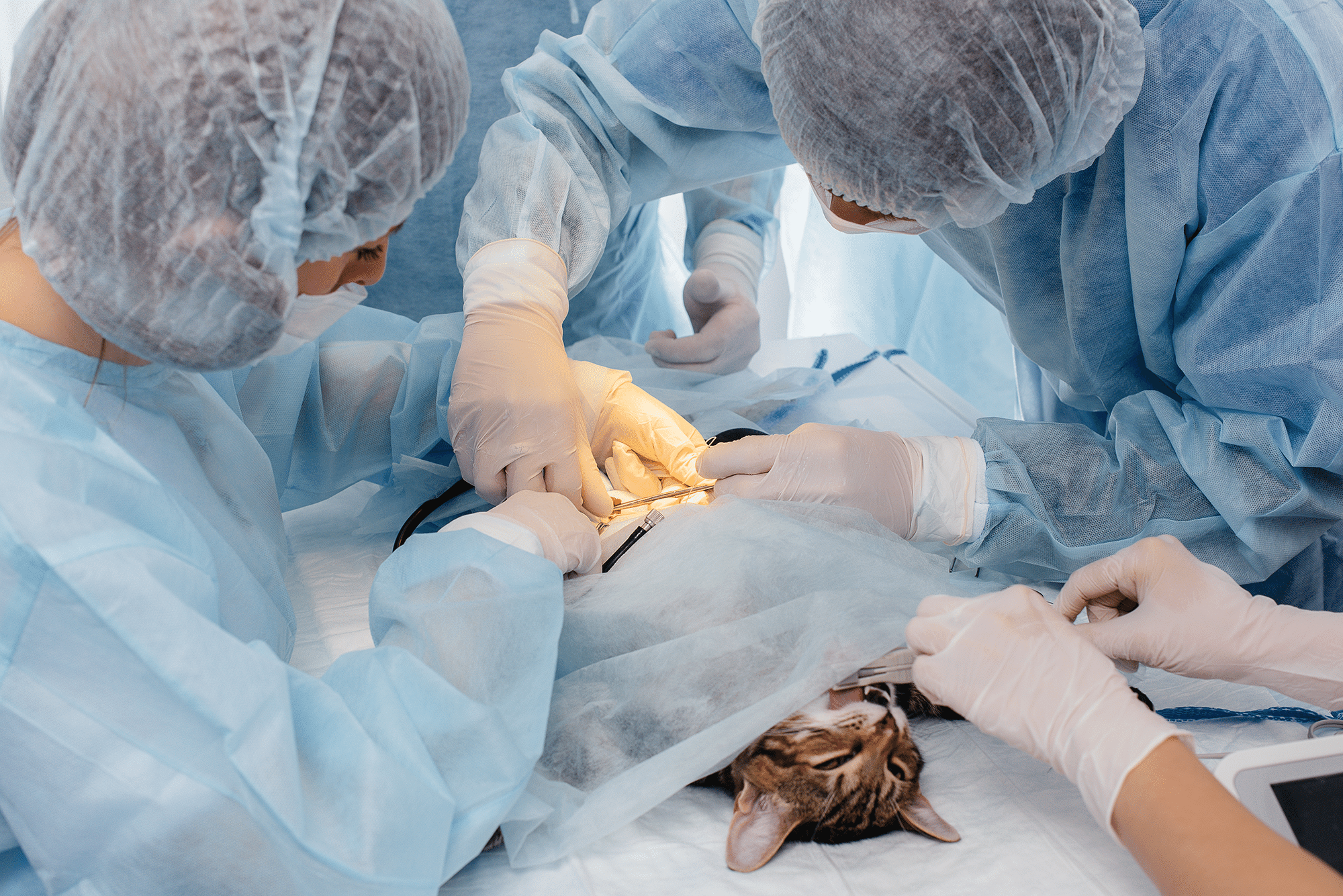Veterinary practices face unique risks when handling, storing, and administering controlled drugs. From Schedule 2 opi…
Veterinary Surgery Infection Control Insurance: Protecting Your Practice Against Surgical Site Infections and Healthcare-Associated Risks
Veterinary surgical practices face unique infection control challenges that can result in devastating financial and professional consequences. From post-operative complications to healthcare-associated infections, the risks are substantial and require specialized insurance protection. Veterinary Surgery Infection Control Insurance provides comprehensive coverage designed specifically for veterinary practices performing surgical procedures, protecting against the complex liability exposures associated with surgical site infections, contamination incidents, and infection control failures.
Understanding Veterinary Surgery Infection Control Risks
Veterinary surgical practices encounter numerous infection-related risks that standard professional indemnity policies may not adequately address. Surgical site infections can occur despite following proper protocols, leading to extended treatment costs, additional procedures, and potential legal claims from pet owners. Cross-contamination between patients, equipment sterilization failures, and environmental contamination can all result in significant financial exposure.
The complexity of modern veterinary surgery, combined with increasingly sophisticated pet owner expectations, creates a challenging risk environment. Multi-resistant organisms, hospital-acquired infections, and surgical complications can quickly escalate into costly claims that threaten the financial stability of veterinary practices.
Key Coverage Areas
Professional Indemnity Protection
Professional Indemnity Protection forms the foundation of infection control insurance, covering claims arising from alleged negligence in infection prevention and control procedures. This includes coverage for surgical site infections, post-operative complications attributed to infection control failures, and claims related to inadequate sterilization protocols.
Public Liability Coverage
Public Liability Coverage protects against third-party claims from pet owners who allege their animal contracted an infection due to practice negligence. This coverage extends to legal defense costs, compensation payments, and associated expenses arising from infection-related incidents.
Business Interruption Insurance
Business Interruption Insurance provides crucial financial protection when infection outbreaks force temporary closure or significant operational restrictions. This coverage helps maintain cash flow during periods when the practice cannot operate normally due to infection control incidents.
Equipment and Contamination Coverage
Equipment and Contamination Coverage addresses the costs associated with replacing contaminated surgical instruments, sterilization equipment, and other practice assets that become unusable due to infection incidents. This includes specialized cleaning and decontamination expenses.
Regulatory Defense Coverage
Regulatory Defense Coverage protects against investigations by veterinary regulatory bodies following infection control incidents. This includes legal representation costs and potential fines or sanctions resulting from regulatory proceedings.
Specific Surgical Infection Risks
Orthopedic Surgery Infections
Orthopedic Surgery Infections present particularly high-risk exposures due to the invasive nature of procedures and the potential for implant-related complications. Bone infections, joint infections, and implant failures can result in substantial treatment costs and long-term complications requiring extensive follow-up care.
Soft Tissue Surgery Infections
Soft Tissue Surgery Infections encompass a broad range of potential complications, from simple wound infections to severe systemic infections. Abdominal surgery complications, including peritonitis and sepsis, can result in life-threatening situations requiring emergency intervention and intensive care.
Dental Surgery Infections
Dental Surgery Infections, while often considered routine, can lead to serious complications including jaw bone infections, systemic infections, and complications affecting other organ systems. The oral cavity's bacterial load creates unique infection risks requiring specialized protocols.
Emergency Surgery Infections
Emergency Surgery Infections present additional challenges due to time constraints and the critical nature of emergency procedures. Contaminated wounds, trauma-related infections, and the need for rapid intervention can increase infection risks despite proper protocols.
Environmental and Equipment Considerations
Surgical Suite Contamination
Surgical Suite Contamination can occur through various pathways, including inadequate air filtration, contaminated surfaces, and equipment failures. Even minor breaches in environmental controls can lead to widespread contamination requiring extensive remediation.
Sterilization Equipment Failures
Sterilization Equipment Failures represent a critical risk point, as malfunctioning autoclaves or other sterilization systems can compromise entire instrument loads. The discovery of sterilization failures may require contacting all affected clients and providing additional treatment or monitoring.
Water System Contamination
Water System Contamination, including issues with surgical water quality, cooling systems, and cleaning water, can introduce pathogens into the surgical environment. Legionella, biofilm formation, and other water-related contamination sources require ongoing monitoring and maintenance.
Ventilation System Issues
Ventilation System Issues can compromise air quality in surgical areas, potentially introducing airborne contaminants or failing to maintain appropriate pressure differentials between surgical and non-surgical areas.
Multi-Species Practice Considerations
Large Animal Surgery
Large Animal Surgery presents unique infection control challenges due to the size of patients, outdoor environments, and farm-based procedures. Contamination from agricultural environments, zoonotic disease risks, and the challenges of maintaining sterile conditions in field surgery situations require specialized coverage considerations.
Exotic Animal Surgery
Exotic Animal Surgery involves species-specific infection risks and limited treatment options. Unusual pathogens, species-specific immune responses, and the specialized nature of exotic veterinary medicine create unique liability exposures.
Small Animal Practice Infections
Small Animal Practice Infections, while more common, can still result in significant claims, particularly when involving beloved family pets. The emotional attachment of pet owners can intensify legal proceedings and increase settlement demands.
Regulatory Compliance and Standards
Veterinary Practice Standards
Veterinary Practice Standards require adherence to specific infection control protocols established by professional bodies. Failure to meet these standards can result in regulatory action and increased liability exposure. Insurance coverage should address both the costs of achieving compliance and the consequences of alleged non-compliance.
Health and Safety Regulations
Health and Safety Regulations impose additional requirements on veterinary practices, particularly regarding staff safety and infection prevention. Occupational health incidents, needlestick injuries, and staff exposure to infectious agents can result in workers' compensation claims and regulatory investigations.
Record Keeping Requirements
Record Keeping Requirements mandate detailed documentation of infection control procedures, sterilization records, and incident reporting. Inadequate documentation can complicate claims defense and increase liability exposure.
Claims Examples and Case Studies
A small animal practice faced a significant claim when multiple post-operative infections occurred following routine spay procedures. Investigation revealed a sterilization equipment malfunction that had gone undetected for several days. The resulting claims included veterinary treatment costs, additional surgery expenses, and compensation for pet owners' distress.
An equine surgical practice experienced a Clostridium difficile outbreak affecting multiple patients undergoing colic surgery. The outbreak required extensive environmental decontamination, temporary practice closure, and ongoing monitoring of affected animals. Business interruption coverage proved essential for maintaining practice viability during the closure period.
A multi-species practice discovered that their water system had become contaminated with Pseudomonas bacteria, potentially affecting all surgical procedures performed over a three-month period. The practice faced the complex task of contacting all affected clients, providing additional monitoring and treatment, and implementing extensive remediation measures.
Prevention and Risk Management
Infection Control Protocols
Infection Control Protocols should be comprehensive, regularly updated, and consistently implemented across all practice areas. This includes detailed procedures for surgical site preparation, instrument sterilization, environmental cleaning, and staff hygiene practices.
Staff Training Programs
Staff Training Programs must ensure all team members understand infection control principles and their specific responsibilities. Regular training updates, competency assessments, and clear accountability structures help minimize human error risks.
Equipment Maintenance Programs
Equipment Maintenance Programs should include regular servicing of sterilization equipment, environmental monitoring systems, and surgical instruments. Preventive maintenance schedules and backup equipment availability help prevent equipment-related failures.
Monitoring and Surveillance Systems
Monitoring and Surveillance Systems enable early detection of infection control issues before they become widespread problems. This includes environmental monitoring, infection rate tracking, and regular audit procedures.
Choosing the Right Coverage
Policy Limits
Policy Limits should reflect the potential severity of infection-related claims, considering both individual incident costs and aggregate exposure from multiple affected patients. Higher-risk procedures and larger practices typically require increased coverage limits.
Deductible Levels
Deductible Levels should balance premium costs with the practice's ability to handle initial claim costs. Lower deductibles provide more comprehensive protection but result in higher premium costs.
Coverage Extensions
Coverage Extensions may include cyber liability protection for data breaches involving patient records, employment practices liability for staff-related issues, and directors and officers coverage for practice owners.
Cost Factors and Premium Considerations
Practice Size and Complexity
Practice Size and Complexity significantly influence premium costs, with larger practices and those performing more complex procedures typically facing higher premiums. The number of veterinarians, support staff, and annual caseload all factor into risk assessment.
Claims History
Claims History affects premium pricing, with practices having previous infection-related claims potentially facing higher costs or coverage restrictions. Conversely, practices with strong safety records may qualify for premium discounts.
Risk Management Measures
Risk Management Measures can help reduce premium costs through demonstrated commitment to infection control best practices. This includes staff training programs, equipment maintenance records, and participation in quality assurance programs.
Geographic Location
Geographic Location influences pricing based on local claim frequencies, regulatory environments, and legal precedents. Urban practices may face different risk profiles compared to rural practices.
The Claims Process
Immediate Response Requirements
Immediate Response Requirements include prompt notification of potential claims, preservation of relevant records, and cooperation with insurance investigators. Early intervention can often minimize claim severity and improve outcomes.
Investigation Procedures
Investigation Procedures typically involve detailed review of infection control protocols, equipment records, and patient treatment documentation. Expert witnesses may be required to assess whether appropriate standards of care were maintained.
Settlement Considerations
Settlement Considerations must balance the costs of defense against potential settlement amounts. The emotional nature of pet-related claims can complicate settlement negotiations and influence jury decisions.
Future Considerations
Emerging Pathogens
Emerging Pathogens and antibiotic-resistant organisms continue to evolve, creating new challenges for infection control in veterinary practices. Insurance coverage must adapt to address these emerging risks.
Regulatory Changes
Regulatory Changes may introduce new requirements for infection control, documentation, and reporting. Practices must stay current with regulatory developments and ensure their insurance coverage addresses new compliance requirements.
Technology Advances
Technology Advances in surgical techniques, sterilization methods, and monitoring systems offer opportunities to reduce infection risks but may also create new liability exposures requiring insurance consideration.
Conclusion
Veterinary Surgery Infection Control Insurance provides essential protection for veterinary practices against the complex and potentially devastating consequences of surgical site infections and healthcare-associated incidents. The specialized nature of veterinary surgical risks requires comprehensive coverage that addresses professional liability, business interruption, regulatory compliance, and the unique challenges of animal healthcare.
Given the increasing sophistication of veterinary medicine and growing client expectations, infection control insurance has become a critical component of practice risk management. Practices should work with experienced insurance professionals to develop comprehensive coverage programs that address their specific risk profiles and operational requirements.
The investment in proper infection control insurance coverage protects not only the financial interests of the practice but also supports the delivery of high-quality veterinary care by providing the security needed to focus on patient outcomes rather than liability concerns.


 0330 127 2333
0330 127 2333
